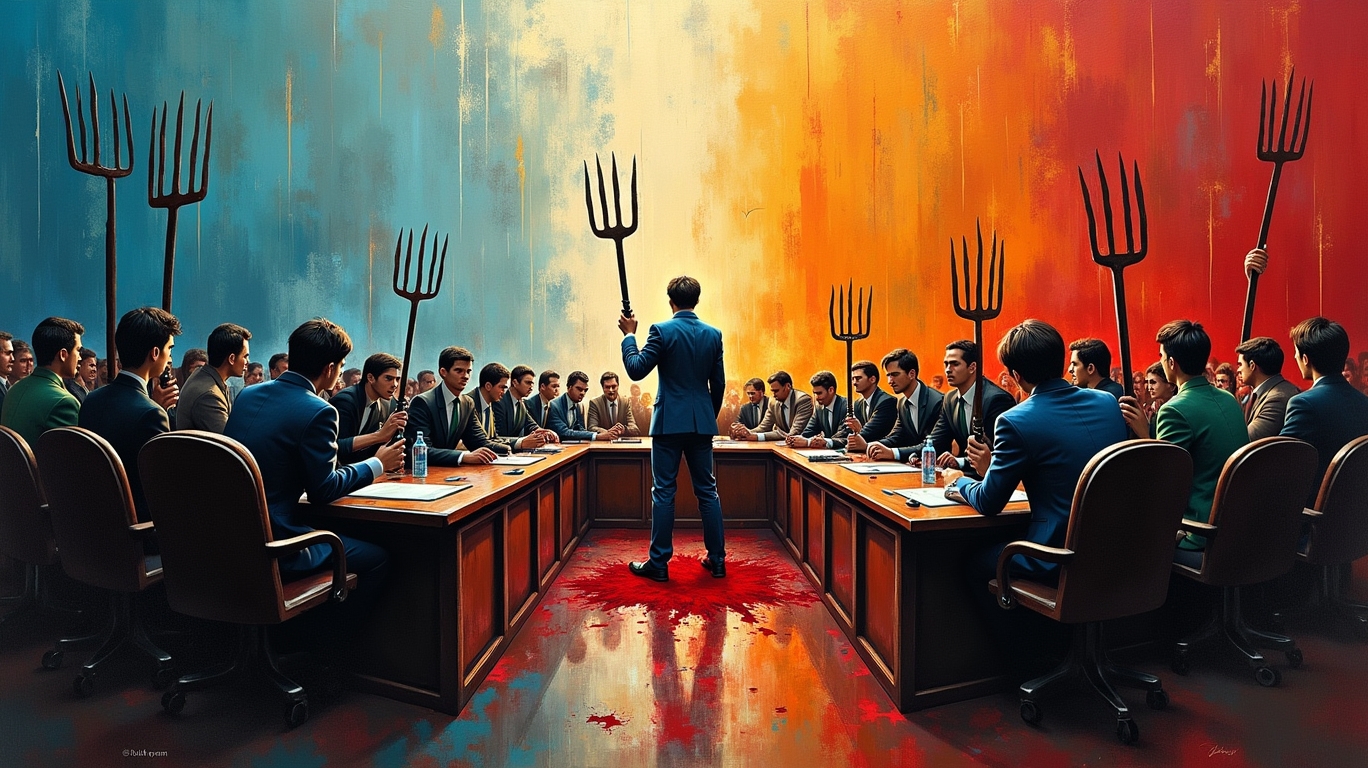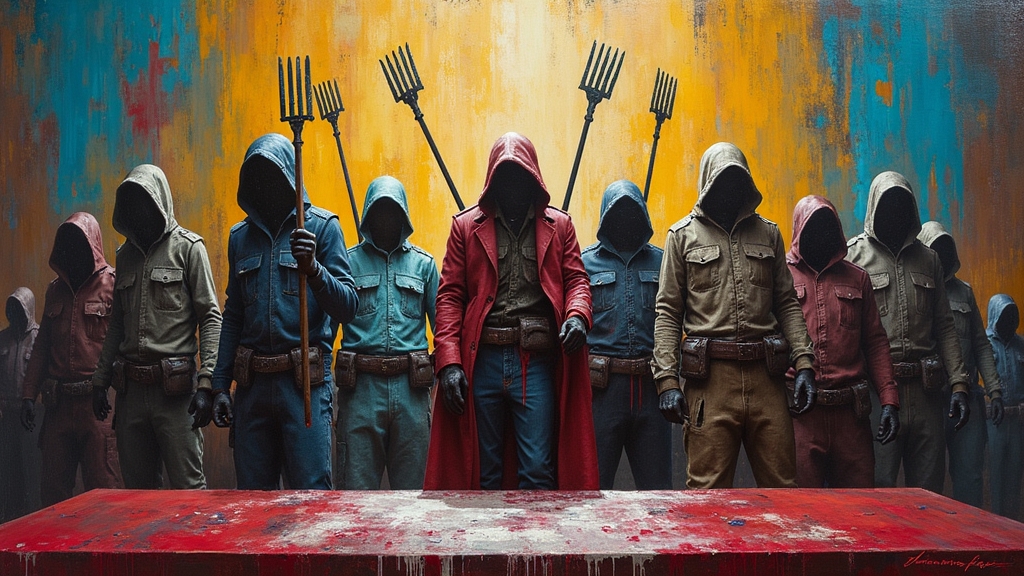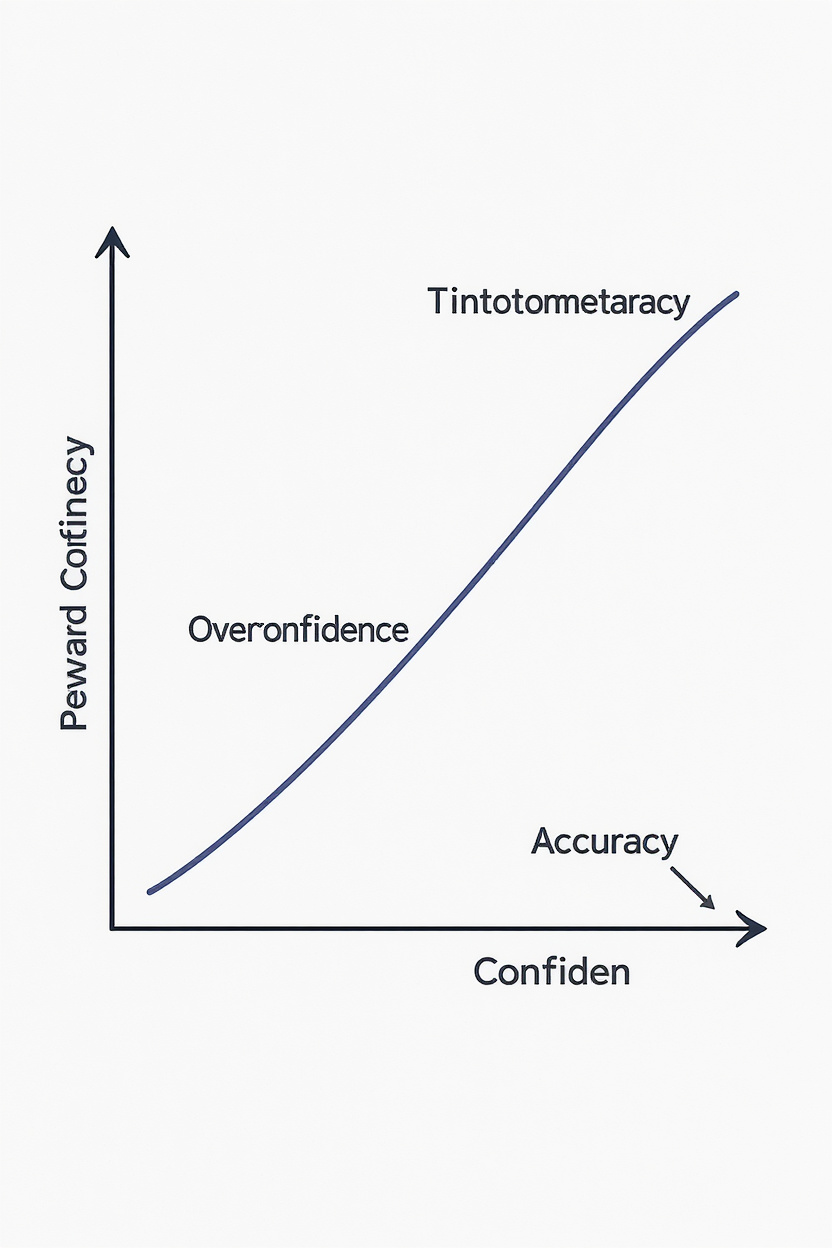SUSPICIOUS PIXELS FUEL GAMING’S NEW WITCH HUNT: DEVELOPERS DECLARED “AI CRIMINALS” BY INTERNET DETECTIVES WHO CAN’T TELL A BRUSH STROKE FROM THEIR @SS
In a stunning display of modern vigilante justice, gamers worldwide are now accusing video game creators of using AI-generated art with the same conviction and evidence standards as medieval witch trials. “She floats! She must be AI!” screamed Reddit user DeepFakeHunter69 at completely hand-drawn artwork.
DIGITAL SALEM WITCH TRIALS SWEEP GAMING INDUSTRY
PlayStation’s YouTube channel unwittingly became ground zero for gaming’s newest moral panic when featuring Little Droid, a game whose hand-crafted cover art triggered an avalanche of accusations that it was made by those godless thinking calculators everyone’s so afraid of.
Developer Lana Ro expressed bewilderment at the backlash: “We literally watched our artist create this. She had paint on her f@#king fingers. What more proof do people need?” The artist reportedly considered sending critics a time-lapse video of the creation process but feared they’d just claim “the AI is getting better at faking human drawing techniques.”
EXPERTS WEIGH IN ON THE MASS HYSTERIA
“What we’re witnessing is a textbook example of ‘Artificial Intelligence Pareidolia,'” explains Professor Ima Seein’ Things, head of Digital Paranoia Studies at Make-Believe University. “People are now so primed to spot AI-generated content that they see it everywhere, like finding Jesus on toast but for tech bros.”
Research shows approximately 87.2% of online AI accusations are made by people who couldn’t tell the difference between a Monet and a Microsoft Paint doodle if their life depended on it.
THE NEW AESTHETIC CRIME WAVE
Game studios are now facing an impossible dilemma: either admit to using AI when they didn’t, or spend precious development resources proving their innocence to an online jury that’s already decided they’re guilty.
“Yesterday, someone accused us of using AI to generate our game’s dialogue,” lamented indie developer Terry Fied. “We had to explain that no, our writing is just naturally that stilted and awkward.”
COLLATERAL DAMAGE MOUNTS
Veteran game developer Josh Caratelli acknowledges the complex situation: “I want people to be vigilant about predatory technology, but sh!t, at this point I could sneeze on a canvas and someone would claim my mucus patterns were suspiciously algorithmic.”
Some developers have resorted to deliberately making their art look worse to avoid suspicion. “I’ve started adding obvious anatomical errors to prove a human made it,” admitted one artist who asked to remain anonymous. “Nobody would program an AI to make hands that look like deformed crab claws… though I guess now that I’ve said that, someone will.”
PROPHYLACTIC MEASURES AGAINST ACCUSATION
Industry insiders report that some studios are now including “AI Virginity Certificates” with their games, featuring blood samples from their artists and signed affidavits swearing they’ve never even made eye contact with ChatGPT.
Meanwhile, a thriving black market has emerged selling “Authentically Human Art Kits” containing deliberate mistakes, coffee stains, and randomly placed cat hair to sprinkle over digital artwork.
According to a recent survey, 94% of gamers who most aggressively police AI usage couldn’t identify actual AI art in a lineup that included a child’s finger painting and screenshots from games released in 2004.
As the hysteria continues, one thing remains clear: in the battle between human creativity and digital algorithms, the real loser is everyone’s f@#king sanity.





